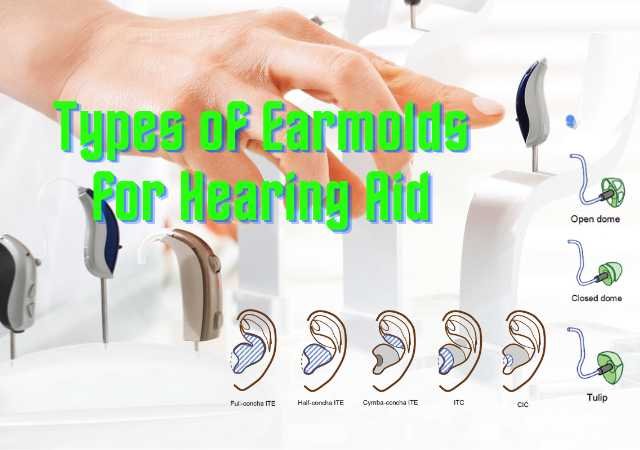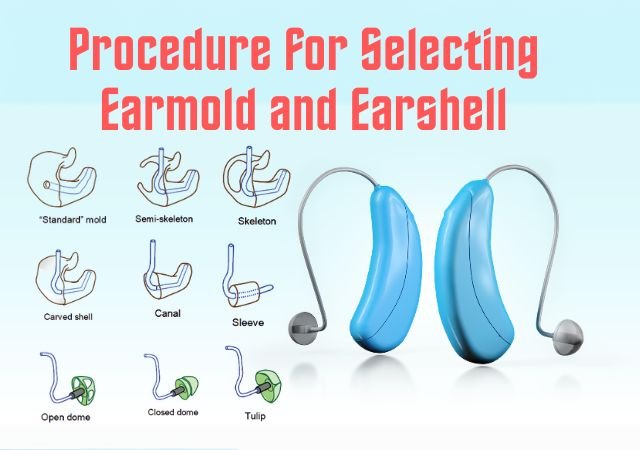Nervous System of the Human Body: It is the Master Controlling and Communicating System of the Body. The Nervous System Controls and Coordinates all Essential Functions of the Human Body.
Function of the Nervous System:
- Sensory Function
- Integrative Function
- Motor Function
Sensory Function: Nervous system uses its millions of sensory receptors to monitor changes occurring both inside and outside of the body. Those changes are called Stimuli, and the gathered information is called Sensory Input.
Integrative Function: The Nervous System process and interprets the sensory input and makes decisions about what should be done at each moment – a process called Integration.
Motor Function: The Nervous System then sends information to muscles, glands and organs (effectors) so they can respond correctly, such as muscular contraction or glandular secretions.
Divisions of Nervous System:
Anatomically, the human nervous system has two major divisions: the Central Nervous System (CNS) and the Peripheral Nervous System (PNS)
Central Nervous System (CNS):
Central Nervous System act as the integrating and command centers of the nervous system. They interpret incoming sensory information and issue instructions based on past experience and current conditions.
The Central Nervous System Includes:
The Brain (Encephalon)
- Cortical Structures:
- Cerebral Hemispheres
- Cerebral Cortex (Cerebral Lobes)
- Sub-cortical Structures
- Diencephalon
- Pituitary Gland
- Limbic System (Rhinencephalon)
- Basal GangliaBasal ganglia is several nuclei in the diencephalon, near the thalamus. They are responsible for regulation of major muscle groups that make postural adjustments and compensate for inertial forces during movement. Depending on who is writing about them, the basal ganglia include the caudate nucleus, putamen, globus pallidus, subthalamic nucleus, and substantia nigra. Reference: Introduction to Neurogenic Communication Disorders (Eighth... More (Basal Nuclei)
- Brainstem
- Pons
- Medulla
- Cerebellum
- Cortical Structures:
The Spinal Cord
- Ascending Tracts
- Lateral Spinothalamic Tract
- Anterior Spinothalamic Tract
- Fasciculus Gracilis (medially)
- Fasciculus Cuneatus (laterally)
- Dorsal or posterior Spinocerebellar Tracts
- Ventral or Anterior Spinocerebellar Tract
- Spiino-olivary Tract
- Spinotectal Tract
- Descending Tracts
- Pyramidal or Corticospinal Tract
- Extrapyramidal Tracts
- Ascending Tracts
Peripheral Nervous System (PNS):
Peripheral Nervous System is the part of the nervous system outside the CNS. They link all parts of the body by carrying impulses from the sensory receptors to the CNS and from the CNS to the appropriate glands or muscles.
The Peripheral Nervous System Includes:
- The Spinal Nerves
- The Cranial Nerves
Functionally, The PNS can be divided into:
- Autonomic Nervous System (ANS)
- Somatic Nervous System (SNS)
Autonomic Nervous System (ANS):
The Autonomic nervous system is the involuntary part of the peripheral nervous system. Further divided into the Sympathetic (SANS), Parasympathetic (PANS) systems, it is comprised exclusively of visceral motor fibers. Nerves from both these divisions innervate all involuntary structures of the body:
- Cardiac muscle
- Glandular cells
- Smooth muscles present in the walls of the blood vessels and hollow organs.
Sympathetic Nervous System (SANS): The Sympathetic System is the body’s alerting system, sometimes referred too as the fight-or-flight system. This part of the autonomic nervous system is responsible for such preparatory measures as accelerating the heart rate, causing constriction of the peripheral blood vessels, raising the blood pressure, and redistributing the blood so that it leaves the skin and intestines to be used in the brain, heart and skeletal muscle if needed.
Parasympathetic Nervous System: The Parasympathetic part of the autonomic nervous system has an almost opposite calming effect on bodily function. It serves to conserve and restore energy by slowing the heart rate, increasing intestinal peristalsis, and opening the sphincters.
Somatic Nervous System (SNS):
It is the voluntary component of the peripheral nervous system. It consists of all the fibers within cranial and spinal nerves that enable us to perform voluntary body movements (efferent nerves) and feel sensation from the skin, muscles and joints (afferent nerves). Somatic sensation relates to touch, pressure, vibration, pain, temperature, stretch and position sense from these three types of structures. Sensation from the glands, smooth and cardiac muscles is conveyed by the autonomic nerves.
References:
⇒ BD Chaurasia’s Human Anatomy Regional and Applied Dissection and Clinical: Vol. 3: Head-Neck Brain (Book)
⇒ Neurology for the Speech Language Pathology – Wanda G.Webb PhD CCC-SLP (Book)
⇒ Introduction to Neurogenic Communication Disorders – M. HUNTER MANASCO, PhD, CCC-SLP (Book)
You are reading about:
Nervous Systems of the Human Body







0 Comments